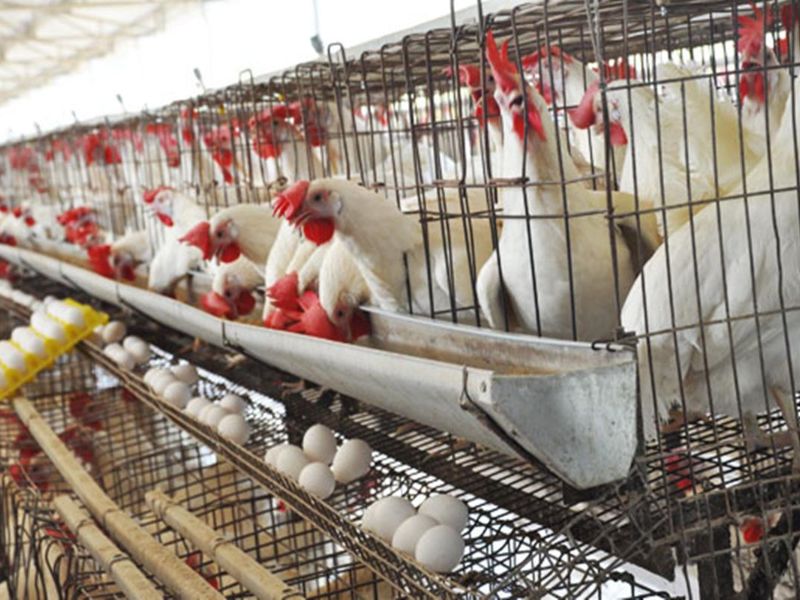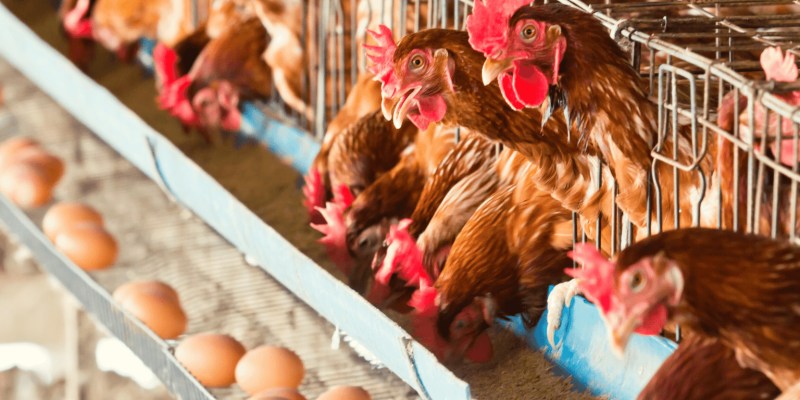
What is the cost of a 10,000 layer farming project in India?
Poultry farming, particularly layer farming, has gained significant traction in India over the past few decades. As the population continues to grow and demand for eggs increases, many entrepreneurs are considering entering this lucrative venture. However, one of the most critical queries that potential investors often have is the cost of a 10,000 layer farming project in India. This article will explore the development of laying hen farming in India, break down the costs associated with starting a 10,000 layer farm, and highlight some of the best suppliers of layer equipment available in the country.
Development of Laying Hen Farming in India
The history of poultry farming in India dates back to ancient times, but commercial egg production only took off after the 1960s when the Green Revolution transformed Indian agriculture. The demand for animal protein, including eggs, began to rise dramatically as urbanization and income levels increased. Today, India is one of the largest producers of eggs globally, contributing significantly to both rural employment and national food security.
By promoting scientific farming practices and improving genetics through research and development, the productivity of Indian layers has seen remarkable improvements. The introduction of hybrid breeds has also played a vital role in increasing egg production rates, making it possible for farmers to optimize their yields. The growing awareness of biosecurity measures and veterinary care further supports the sustainable growth of the industry.
As layer farming becomes increasingly popular, understanding the cost of a 10,000 layer farming project in India is crucial for aspiring poultry farmers. This investment tends to be substantial, requiring careful planning and budgeting to ensure profitability.
Cost of a 10,000 Layer Farming Project in India
To understand the cost of a 10,000 layer farming project in India, several components must be considered. Each component contributes to the overall budget necessary to establish and operate a successful layer farm.
- Infrastructure Costs:
- Building construction, including poultry houses, feed storage units, and utilities, can account for approximately INR 15-20 lakhs. Proper ventilation, lighting, and space are essential for ensuring the well-being of the birds.
- Layer Chicks:
- Purchasing day-old layer chicks is a significant part of the initial investment, usually costing around INR 3-5 lakhs for 10,000 chicks, depending on the breed chosen. Choosing high-quality chicks is essential for optimal production.
- Feeding and Nutrition:
- Quality feed plays a vital role in maximizing egg production. On average, feeding costs can amount to INR 8-10 lakhs annually. A balanced diet comprising proteins, vitamins, and minerals is needed to ensure healthy growth and peak production.
- Equipment:
- Investing in high-quality equipment such as feeders, waterers, layer cages, and egg collection systems is essential. Depending on the technology and automation level chosen, these costs can range from INR 10-15 lakhs.
- Labor:
- Hiring skilled labor to manage daily operations is another crucial expense. Monthly salaries, health benefits, and training can total around INR 2-4 lakhs per year.
- Healthcare and Biosecurity:
- Regular veterinary check-ups, vaccinations, and medications are necessary to maintain flock health. Annual healthcare expenses may range from INR 1-2 lakhs.
- Miscellaneous Costs:
- Additional costs include utilities (electricity, water), insurance, transportation, and marketing. These may add up to approximately INR 2-4 lakhs annually.
When summing up these costs, the total estimated cost of a 10,000 layer farming project in India could fall between INR 40-60 lakhs initially, with recurring annual operational costs around INR 25-30 lakhs. This estimation illustrates the importance of financial planning and market research before undertaking such an investment.
Best Layer Equipment Suppliers in India – Livi
Selecting the right equipment is paramount to the success of a layer farming project. Among the notable suppliers, Livi stands out as a leading provider of layer farming solutions in India. With years of experience and a commitment to quality, Livi offers a wide range of products tailored to the needs of layer farmers.
Why Choose Livi?
- Quality Assurance: Livi’s equipment is built using advanced technology and high-quality materials to ensure durability and efficiency.
- Customization: They offer tailored solutions, allowing farmers to choose equipment that fits their specific requirements and budgets.
- Automation: Livi specializes in automated systems that streamline operations, reduce labor costs, and enhance productivity.
- After-sales Support: Their dedicated customer service team provides comprehensive support, ensuring that clients have access to assistance whenever required.
- Innovative Products: By continually investing in research and development, Livi introduces innovative solutions that help farmers maximize their output while maintaining high standards of welfare for the birds.
What Livi Offers
Livi provides a range of layer farming equipment designed to enhance operational efficiency. Some of their key offerings include:
- Layer Cages: Their state-of-the-art cages are designed for maximum space utilization and bird comfort, promoting better egg production rates.
- Feeding Systems: Automated feeding systems ensure that layers receive balanced nutrition consistently, reducing feed wastage and labor intensity.
- Egg Collection Systems: Livi offers advanced egg collection solutions that reduce breakage and labor costs, allowing farmers to maintain a high standard of egg quality.
- Ventilation and Climate Control: Proper ventilation is critical in poultry farming. Livi provides efficient climate control systems that help maintain optimal conditions within poultry houses.
By choosing Livi as a supplier, farmers can significantly enhance the productivity of their operations, contributing positively to the overall cost of a 10,000 layer farming project in India. Investing in high-quality equipment ensures that farmers can maximize returns on their initial investment and achieve sustainability in the long run.
Conclusion
In conclusion, understanding the cost of a 10,000 layer farming project in India requires careful consideration of various factors, including infrastructure, equipment, labor, and ongoing operational expenses. As the demand for eggs continues to rise, entering the layer farming sector presents a significant opportunity for entrepreneurs willing to invest wisely.
Developing a solid business plan and budgeting adequately will play a crucial role in navigating potential challenges and ensuring profitability. Moreover, collaborating with reputable suppliers like Livi can provide the much-needed technical expertise and equipment necessary for successful layer farming.

